There’s a great documentary film on Netflix at the moment about the late artist Bob Ross, he of the happy little trees and friendly perm, and the battles fought over his estate. It coincides with the revival on BBC4 of his Joy of Painting TV programmes, which originally aired in the US between 1983 and 1994, but have lately struck a chord with pandemic–stressed audiences here. They are, basically, free therapy, with a suburban far-out vibe and colour-laden fan brush.
I was sceptical about how genuine Ross’s demeanour was until I saw the film, which left me in no doubt that he was exactly as he appeared. When someone is as enthusiastic and well-meaning as he was, you can’t help but stifle any sniggers and jump on board. I should put away my worries, paint a mountain with little squirrels and smile upon my mistakes as ‘happy accidents’? You got it, Bob.
Unsurprisingly, the Bob Ross phenomenon has started to spill over into audio, especially in America. The potential is obvious, given that the therapeutic effects of the TV programmes derive primarily from Ross’s uniquely soothing voice and uplifting commentary. A few podcasts have even been assembled from clips from his series. More interesting are the original offerings which, while falling short on some levels, owe a discernible debt to his example.
Learn to Paint with Kelly Anne Powers is one such podcast. Providing something close to an art tutorial every month through discussion with practitioners in various media, Oregon-based Powers goes the way of Ross with her gentle tone and encouragement to be kind to ourselves as artists. Her guests provide tips and stories from their own creative practice. A recent discussion ranged from the merits of stay-wet palettes and retarders to tackle the problems of acrylic drying too quickly to methods for building up layers on the page.
PleinAir with Eric Rhoads, meanwhile, encourages budding artists to take their canvases outside and explore what one recent guest called ‘eye flow’, but what most of us would call composition, while the elements threaten to alter the view. The conversation can be highbrow — ‘All forms of painting are on the level of abstraction’ — but is broadly didactic. It is a peg or two up from the entry-level lessons of Learn to Paint and less obviously concerned with art’s psychological benefits.
While useful in their parts, neither delivers quite as well-rounded an approach as I’d hoped for. It would be expecting too much to come away from a podcast a better painter, but after listening to a batch of episodes, I felt that I had gained less than I would from idly viewing someone fill a canvas on the Thames bank. The problem isn’t the lack of visual stimuli. In theory, it would be perfectly possible to talk the listener through the process of painting a picture, from background wash to final stroke. I am yet to find a podcast that does just that. What’s missing from the podcasts I’ve listened to besides is the rationale for improving as an artist.
I found this in a less expected place. A new podcast, Everything but the Flame, is technically about magic, hosted by a magician called Nate Staniforth. Listening to the first two episodes, however, you could be forgiven for thinking it is rather about art. Staniforth opens with the topic of negative space, tackled also in Learn to Paint, specifically the space left by a street artist in Paris in his pencil sketch to denote the white flame of a candle. The way the mind fills in the gap left behind in gestalt provides the magician with a primary model for his own work.
Staniforth is a TED Talk speaker and it shows in his eloquent, imaginatively phrased diversions on the magician’s craft. The only thing worse than a member of the audience seeing through a trick, he says, surprisingly, is them panicking that an illusion is real. He views performing magic as akin to painting or writing, especially in the way that one must broaden the imagination in order to get better at it.
It was at this point that a lightbulb went on. You may question why you need to improve if you’ve already found a successful style in a chosen art form. But as Staniforth said, citing Picasso, it can be more dangerous to copy yourself than to copy other people. Carry on doing the same thing, and your audience may be satisfied, but your creative spirit will steadily wither. It’s less suffocating, as I took it, to copy someone else’s happy little trees than endlessly be emulating one’s own.
Got something to add? Join the discussion and comment below.
Get 10 issues for just $10
Subscribe to The Spectator Australia today for the next 10 magazine issues, plus full online access, for just $10.
You might disagree with half of it, but you’ll enjoy reading all of it. Try your first month for free, then just $2 a week for the remainder of your first year.

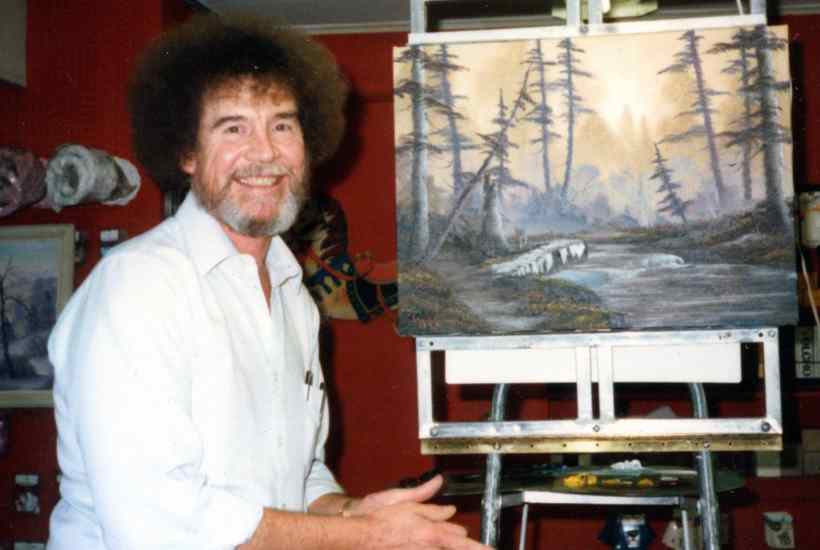
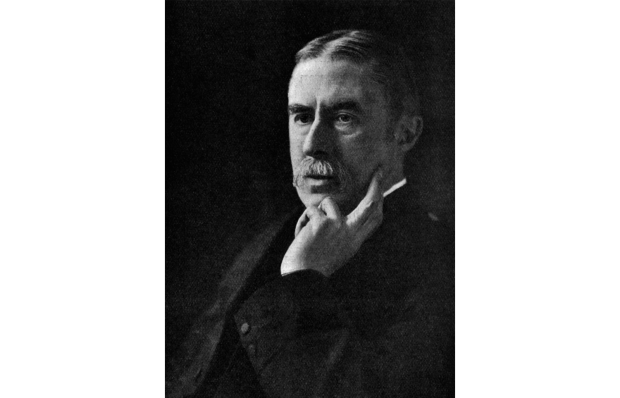
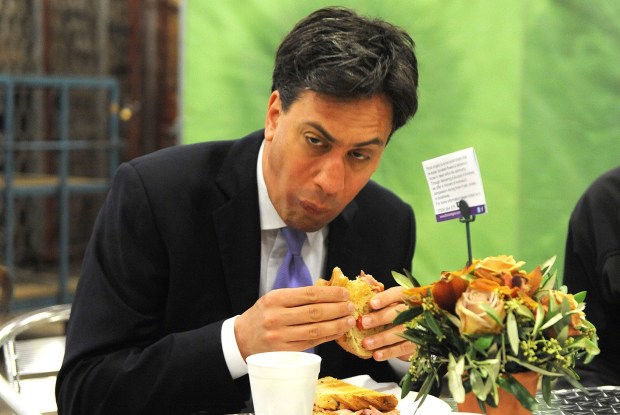
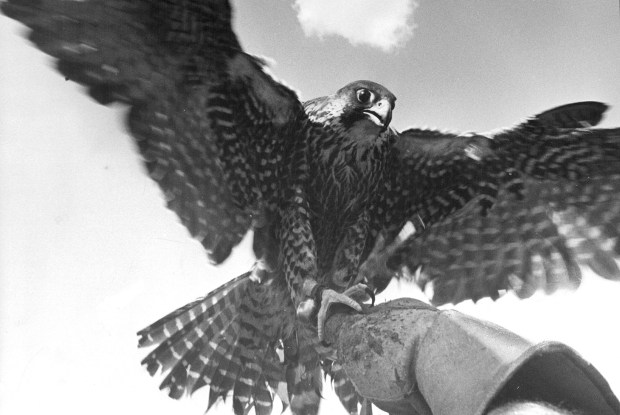


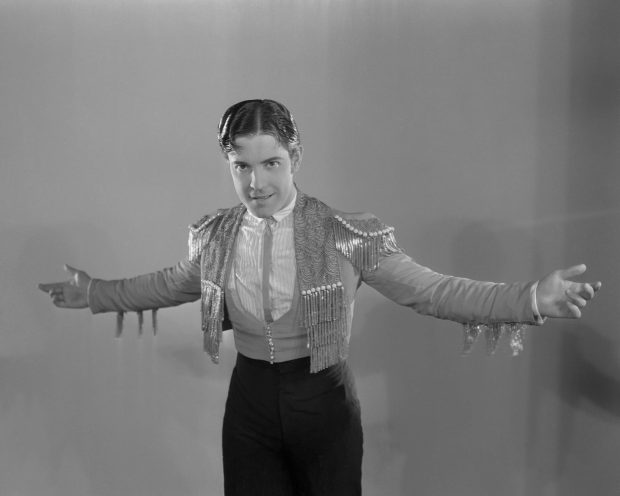






Comments
Don't miss out
Join the conversation with other Spectator Australia readers. Subscribe to leave a comment.
SUBSCRIBEAlready a subscriber? Log in